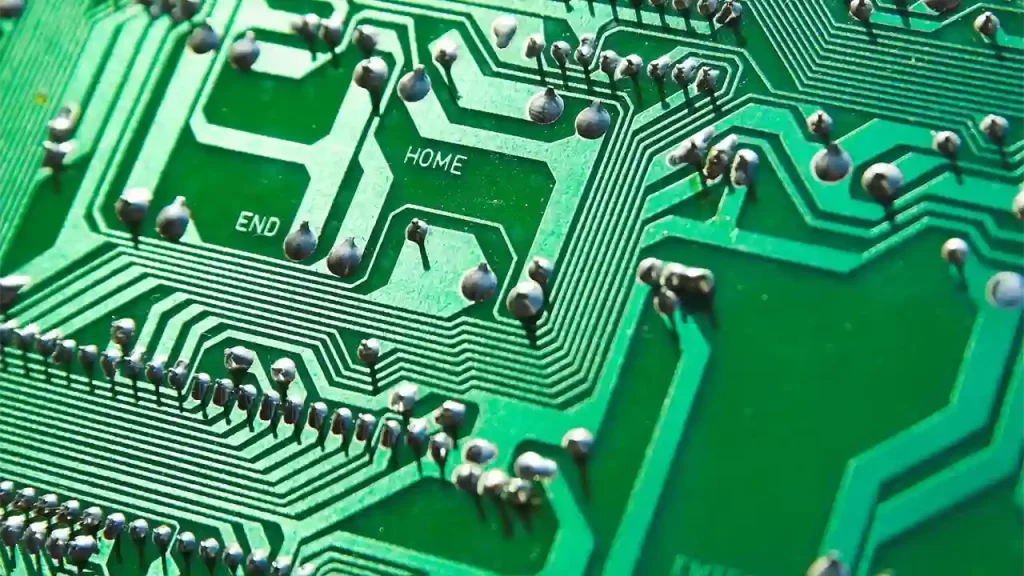The Future of Mobile Computing: Sleek and Powerful

As we move deeper into the digital age, mobile computing is undergoing a rapid transformation. Devices are becoming slimmer, lighter, and more aesthetically refined, yet packing an extraordinary amount of processing power and intelligence. The era of clunky laptops and bulky smartphones is fading as we enter a new chapter—one where mobility no longer sacrifices performance. Whether it’s a student working remotely, a designer sketching ideas on the go, or a gamer demanding real-time graphics rendering from a handheld device, today’s mobile hardware is rising to the challenge with style and strength.
The convergence of sleek design and powerful internals is reshaping how we interact with technology. Thinner bezels, foldable displays, and fanless architectures allow for more compact, energy-efficient devices that deliver desktop-grade performance. This evolution is not just about aesthetics; it’s about redefining user experience. High refresh rate screens,
AI-driven performance optimization, and cloud-based computing support are making mobile devices the central hub of both personal and professional lives. In the near future, we’re likely to see even more seamless integration between form and function, making mobile computing more intuitive and empowering than ever before.
Design Innovation: Where Form Meets Function
The visual and tactile appeal of mobile devices is no longer a secondary concern—it’s a priority. Manufacturers are pushing the envelope to deliver thinner bodies without compromising on cooling or battery life. Materials like carbon fiber composites, aerospace-grade aluminum, and even flexible polymers are being integrated to ensure durability while reducing weight. The result is a breed of ultra-portable machines that feel luxurious to use and carry, whether it’s a foldable phone or a tablet-laptop hybrid.

This focus on design also ties into usability. Touch interfaces have become more responsive, haptic feedback more refined, and screen-to-body ratios closer to perfection. Users now expect their devices not only to perform flawlessly but to blend into their lifestyle as fashionably as a watch or pair of sneakers. The shift toward minimalistic, bezel-less, and even modular designs signifies a future where technology doesn’t just accompany us—it complements us.
The Performance Revolution in Your Pocket
Today’s mobile processors rival the capabilities of some desktops from just a few years ago. With ARM-based chipsets, integrated AI cores, and advanced GPU acceleration, mobile devices are now suitable for video editing, 3D modeling, and even game development. Apple’s M-series chips and Qualcomm’s Snapdragon Elite platforms are leading the charge in making high-performance mobile computing not just possible but mainstream.

Add to this the acceleration of 5G networks, edge computing, and cloud services, and it becomes clear that mobile computing is no longer limited by onboard hardware alone. Users can tap into massive computing resources on demand, all from devices that fit in a handbag or even a pocket. This hybrid approach of local and cloud power is setting the stage for a future where performance scales with user demand, not device size.
The Performance Revolution in Your Pocket
As artificial intelligence and machine learning become more embedded in mobile systems, the future promises devices that learn, adapt, and even anticipate user behavior. From predictive text to battery management, mobile computing is becoming not just powerful, but smart. The next generation of mobile devices won’t just respond—they’ll understand. Whether it’s context-aware apps or real-time language translation, the boundaries of what’s possible are constantly expanding.
